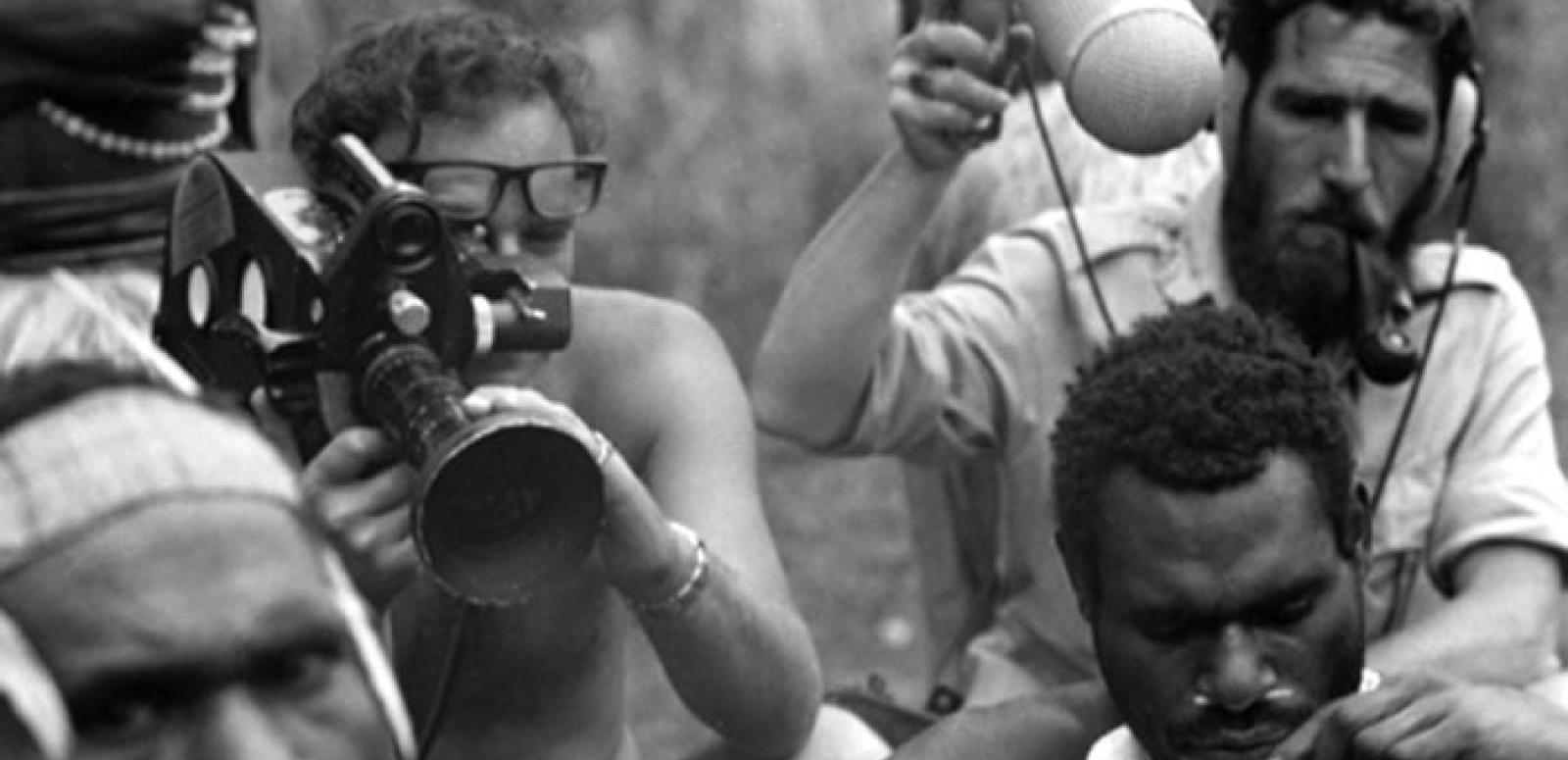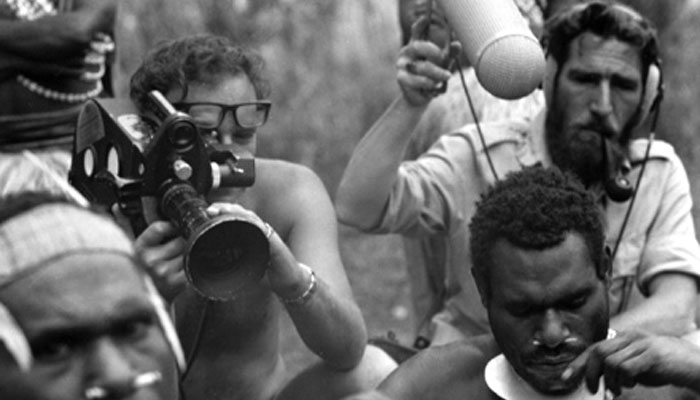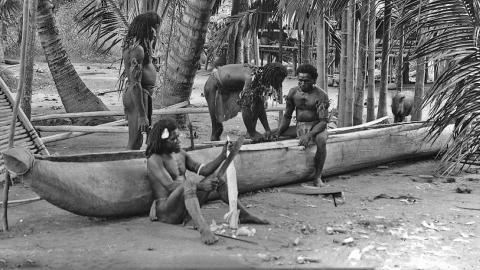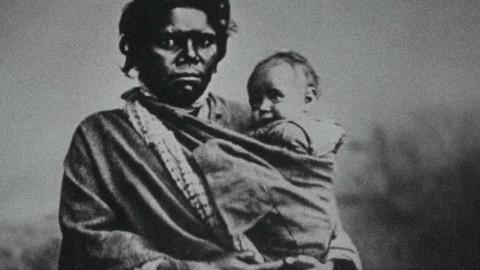

Les McLaren
‘What are you taking pictures for?’
Les McLaren is one of a group of Australian filmmakers who made significant documentaries in Papua New Guinea in the 1970s–1990s. We talked with him about their legacy.

When Les McLaren visited Port Moresby on holidays in 1970, he had no idea he’d spend the next ten years of his life living and working in PNG. Fresh out of film school, the 21 year-old arrived in Moresby when the Territories of Papua and New Guinea were still administered by Australia.
But profound political change was afoot; the eve of self-government in 1973 and independence in 1975 was an exciting time of experimentation and optimism in the capital. McLaren reflects that ‘it was thrilling and challenging. You’re in amongst it and trying to build a sense of understanding the culture you’re in, how it’s different and how it functions’.
After a brief stint flipping burgers at the Port Moresby drive-in, McLaren landed a job as an editor with the Tourist Board’s film unit. He soon fell in with a group of young, expat filmmakers who today read like a who’s who of Australia’s most critically acclaimed documentarians.
Gary (Kildea) had been there a bit longer than me and was working at the other government film unit, the Department of Information and Extension Services. Chris (Owen) was at the Tourist Board, then Dennis (O’Rourke) came to work with Gary. Bob (Connolly) and Robin (Anderson) came later.
Liberated by newly portable 16mm sync-sound cameras and new ideas about the potentials of cinema-verite, the group sought to make films ‘one hundred miles’ from earlier ‘paternalistic, patronising’ representations of our northern neighbour. ‘Our work showed that there were serious socio-political issues that could be explored through film, allowing Papua New Guineans to be themselves and express themselves’.
The NFSA is screening McLaren and Annie Stiven’s Taking Pictures, a reflective documentary which provides something of an ‘index to the chapters’ of filmmaking in PNG since the 1970s. Featuring interviews with both Australian and local PNG filmmakers, Taking Pictures confronts ongoing questions about the politics of cross-cultural documentary-making, preserving cultural heritage and Australia’s long cinematic relationship with PNG.
Interviews with filmmakers Martin Maden ( Stolat, Tin Pis Run ), Pengau Nengo and Bike Johnston ( Stolat ), and Kumain Kolain ( Sinmia ) provide much-needed local perspectives on filmmaking in their country. As one PNG local asks in McLaren’s film Kama Wosi (1979), ‘What are you taking pictures for? Day and night, day and night taking pictures for nothing. You take these pictures and then take them away. What does it mean?’
These questions are as pertinent today as they were in the 1970s. For McLaren, the films provide a valuable historical snapshot of a society in transition. ‘These Australian filmmakers are distinguished for having lived among their films’ subjects for extended periods. They have created a legacy of work on PNG which is collectively a remarkable document of change.’
Taking Pictures screens on Friday 11 September 2015 at 3 pm, followed by a Q&A with filmmakers Les McLaren and Annie Stiven. It is part of a season of screenings and discussions to mark the 40th anniversary of PNG independence. Also screening is Dennis O’Rourke’s brilliant portrait of Independence Day celebrations Yumi Yet, Gary Kildea’s classic ethnographic film Trobriand Cricket, Chris Owen’s Man Without Pigs and Bob Connolly and Robin Anderson’s landmark Highlands Trilogy.
The National Film and Sound Archive of Australia acknowledges Australia’s Aboriginal and Torres Strait Islander peoples as the Traditional Custodians of the land on which we work and live and gives respect to their Elders both past and present.


